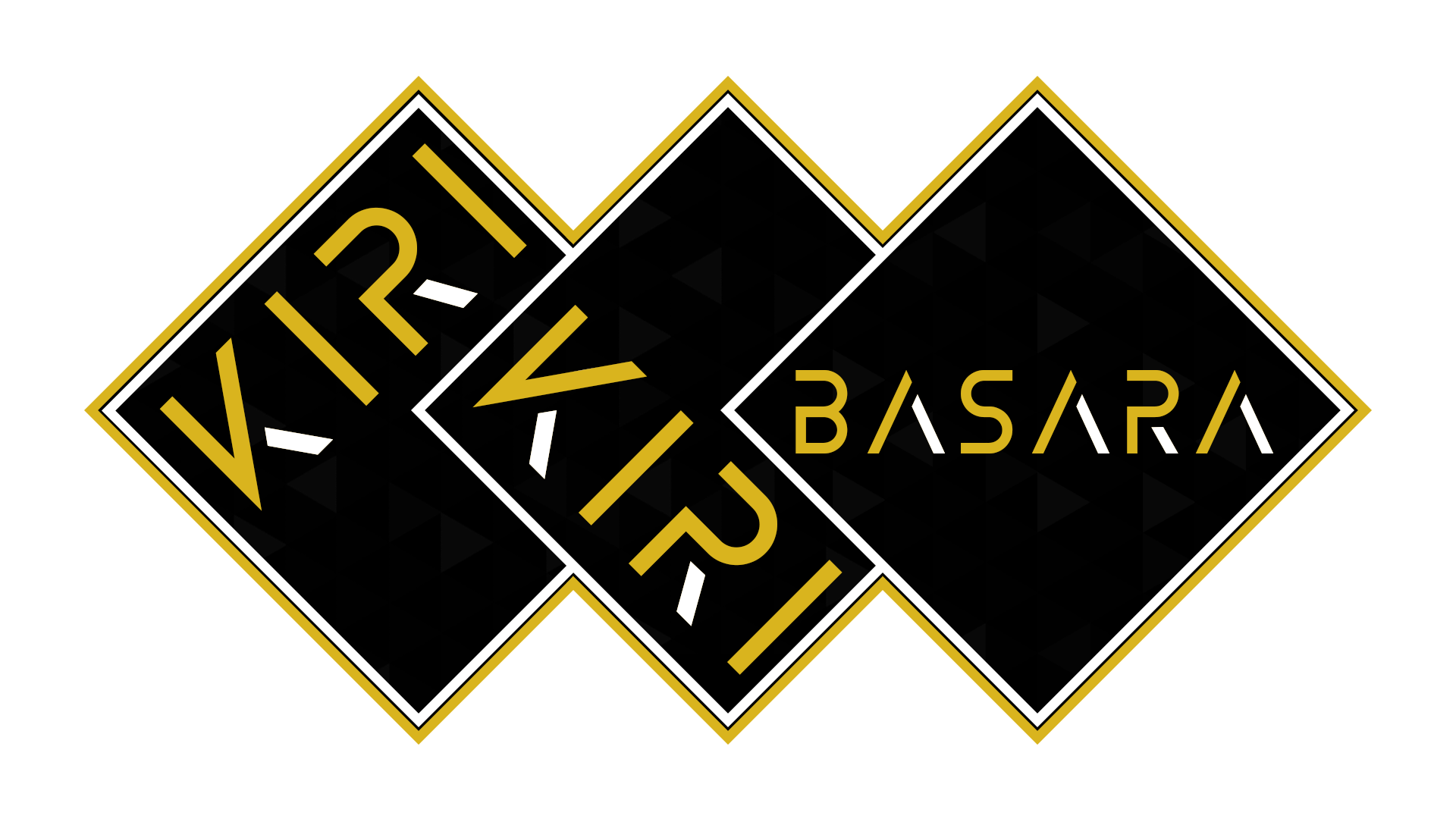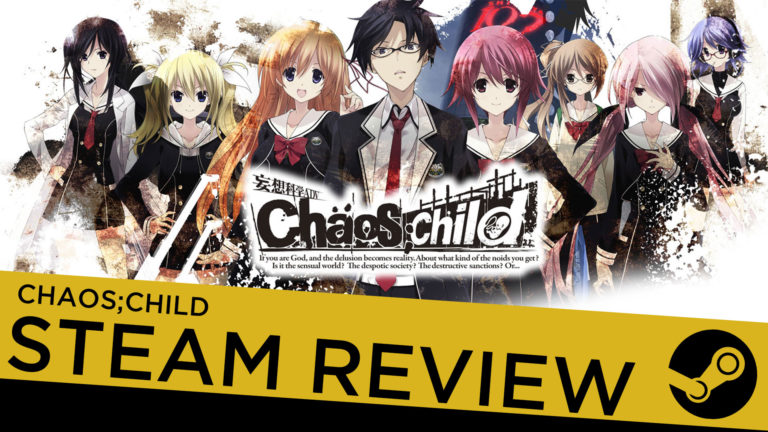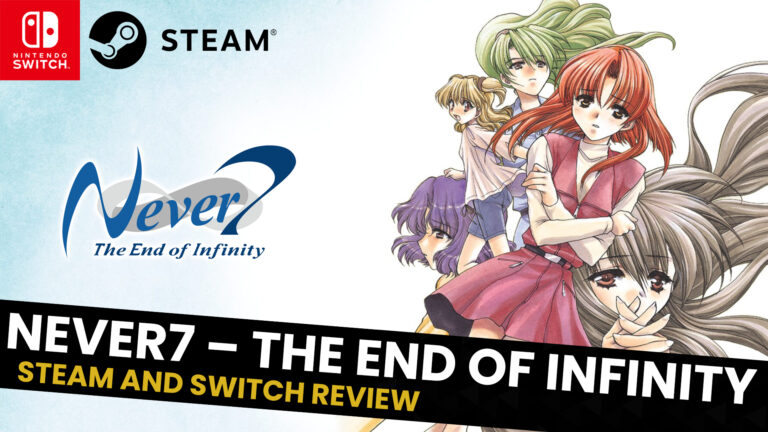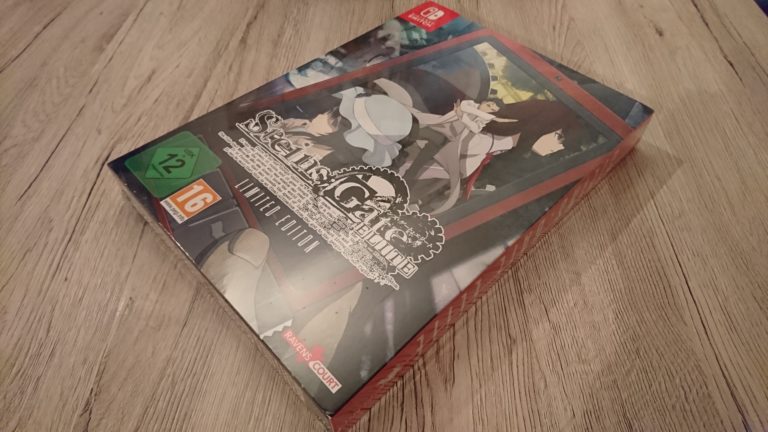A remaster of the spin-off to MAGES.’ fighting game series has finally arrived, courtesy of its new owner—Rocket Panda Games! This time around, Phantom Breaker Battle Grounds has been given a shiny coat of paint and a handful of long-awaited improvements.
It’s hard to say when I last played a proper beat-’em-up game, so honestly, jumping into Battle Grounds Ultimate felt a bit like treading new territory again. That being said, let me make one thing clear: Battle Grounds Ultimate is something special, something that has the potential to hook both longtime fans and newcomers to Phantom Breaker and beat ’em ups in general.
As mentioned above, Phantom Breaker: Battle Grounds Ultimate is a full-blown remaster of the original game, which was released all the way back in 2013 on the Xbox 360. Later, the game received ports to other platforms, such as PlayStation 4 and Nintendo Switch in the form of Phantom Breaker: Battle Grounds Overdrive.
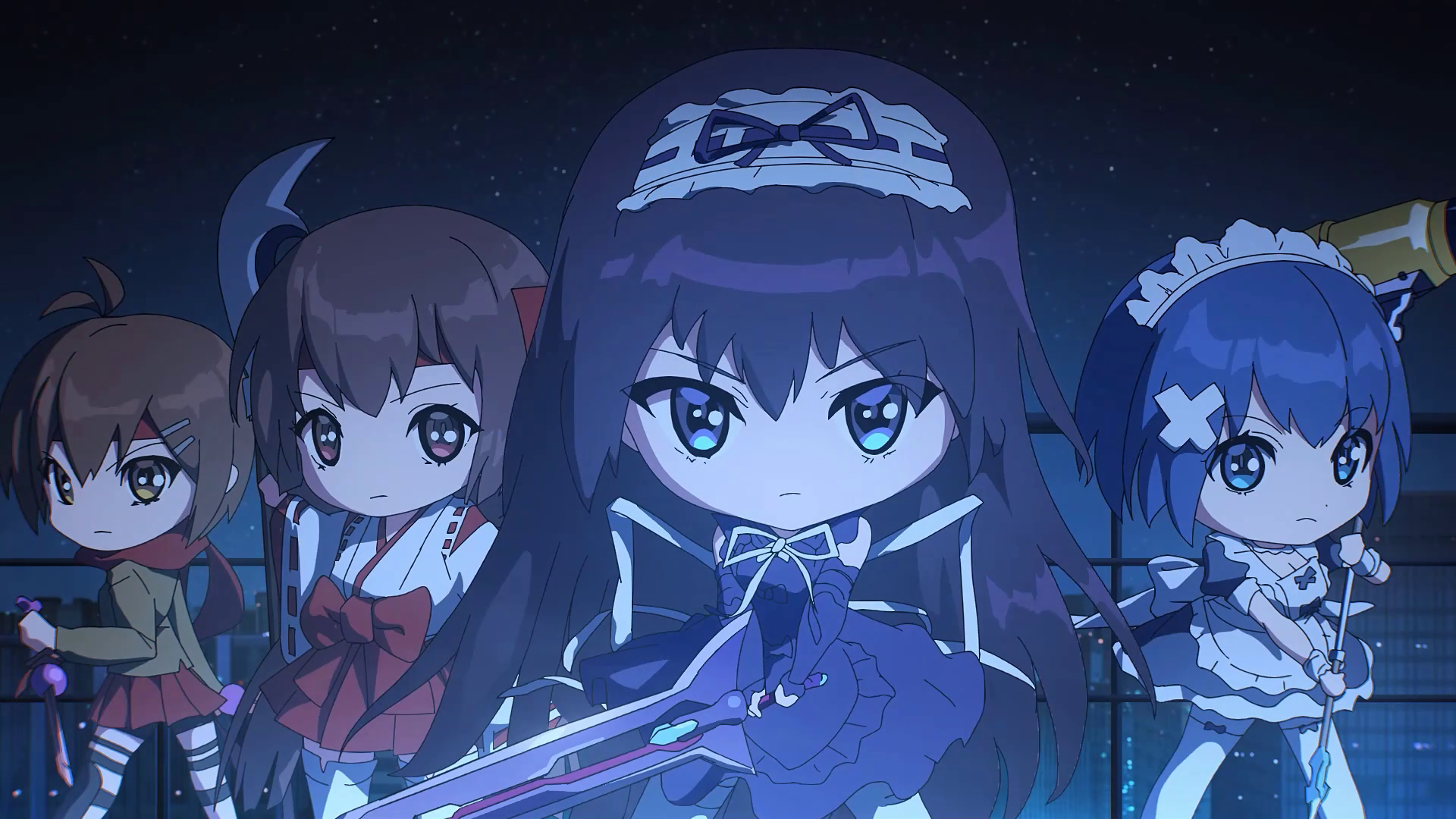
In a surprising (and perhaps unusual) turn of events at the time, the spin-off arguably saw greater popularity and success than the fighting game it stemmed from, Phantom Breaker. Unfortunately, and for reasons not clear to the public, the series stagnated for a fair while after Battle Grounds, receiving sporadic but not necessarily consistent support over the years. It seems MAGES. bit off more than they could chew, for instance, by promising additions to Battle Grounds they couldn’t quite deliver on.
That, however, changed in 2023 when Rocket Panda Games announced they were acquiring the Phantom Breaker IP and remastering Battle Grounds, this time completely rebuilding the game from scratch in Unreal Engine 5 for all modern platforms. And now, here we are in 2025, about to see what they’ve accomplished.
If beat ’em ups are relatively new territory for me, I should also mention I’m fairly new to the Phantom Breaker series itself. I did play some of Phantom Breaker: Omnia back in the day (also reviewed by our site here), but I went into this game largely as a newcomer, treating it as a self-contained experience.
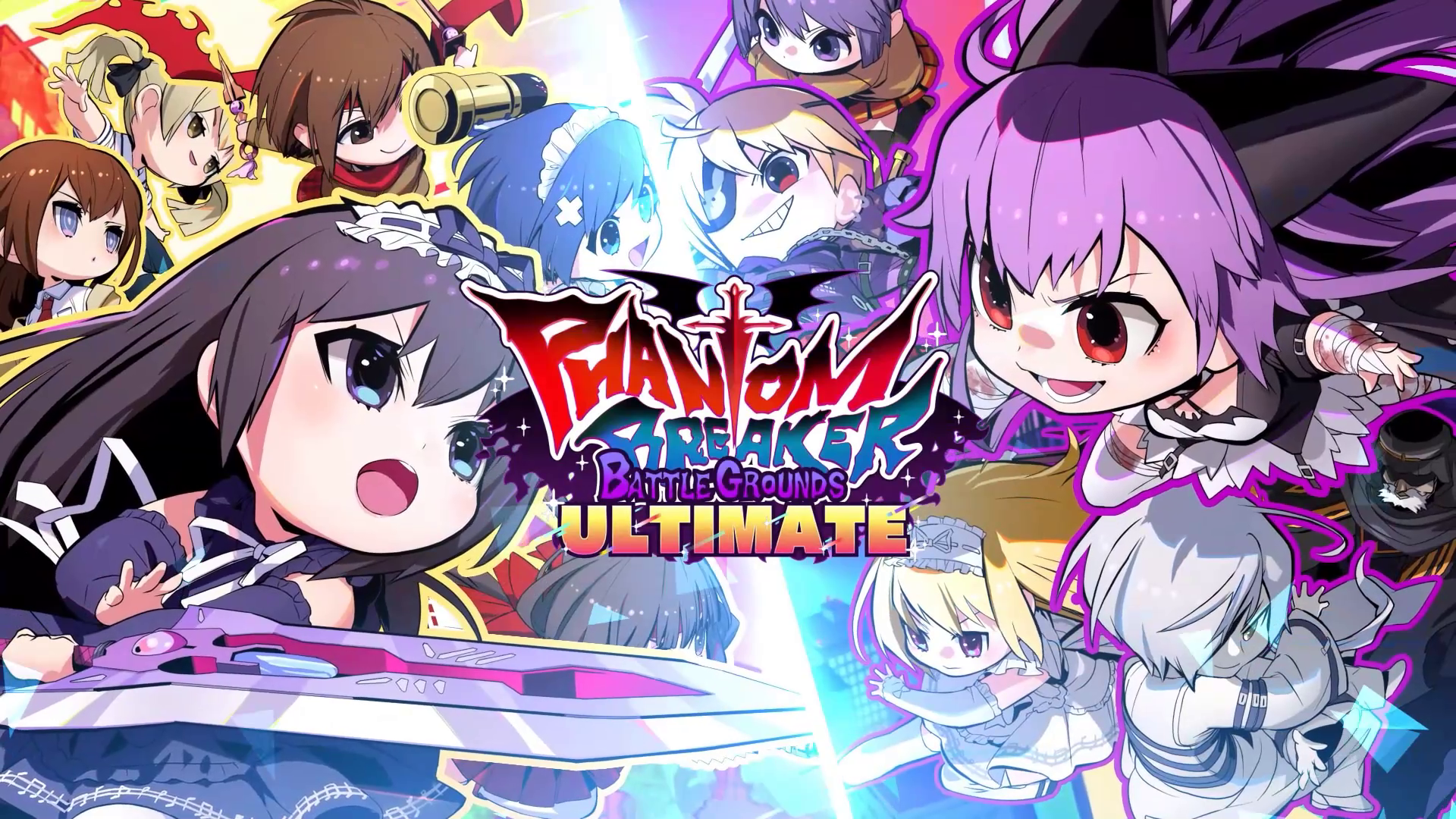
So how did it go? Well, you’ll just have to see for yourself. Okay, let’s get started!
We would like to thank Rocket Panda Games for providing us with a review copy of the game for this article. Please note that this has not impacted the opinions expressed herein.
[Presentation]
The first thing you’ll notice upon launching the game and playing it for a bit is that it leans heavily into the chibi artstyle. It’s a charming way to depict the characters—granted, while it looks rather good in-game, the opening animation does look a bit awkward. One can’t help but wonder if it was the right call, but then again, if the previous two iterations followed that path too, there may be something to it.
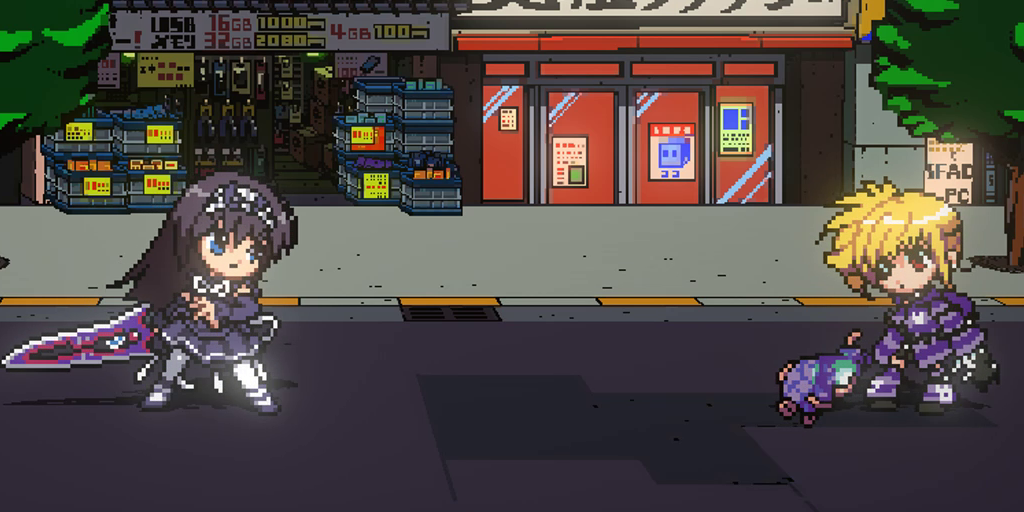
Stylistic choices notwithstanding, upon jumping into the gameplay proper, the game greets you with an assortment of diverse backgrounds, ranging from the all-too-familiar streets of Akihabara to giant skyscrapers—it’s reminiscent of colorized manga pages. I was especially impressed by how these backgrounds, despite appearing to be 2D planes for the most part, simulated 3D depth really well. I may be misunderstanding how they actually work, but does it matter when they go hand in hand with the next great thing about the game?
And by that, I mean the spritework. Don’t let the pixelated looks deceive you—the sprites, which depict both the characters we play as and the enemies who get beat-’em-upped, are truly the products of painstaking work: they are detailed, consistent, and smooth. Indeed, the animations in this game deserve a special shout-out for how well they transition from one into the other, creating an experience that isn’t just fun to play but also pleasant to look at.
…Well, truth be told, I did notice some minor caveats. At the time of this writing, there are areas in this game where I felt the developers may have overused the bloom effect, which at best is rather distracting, and at worst, it’s fairly uncomfortable to look at head-on—and I’m not even sensitive to bright lights! Perhaps this will be addressed at or post-launch, but I figure it’s worth mentioning.

One last point worth bringing up, before we proceed to other parts of the presentation, is that flashing lights come up quite frequently. I’m not prone to any problems these might cause, but a warning on the store page or in the game itself would probably be appreciated by those who are.
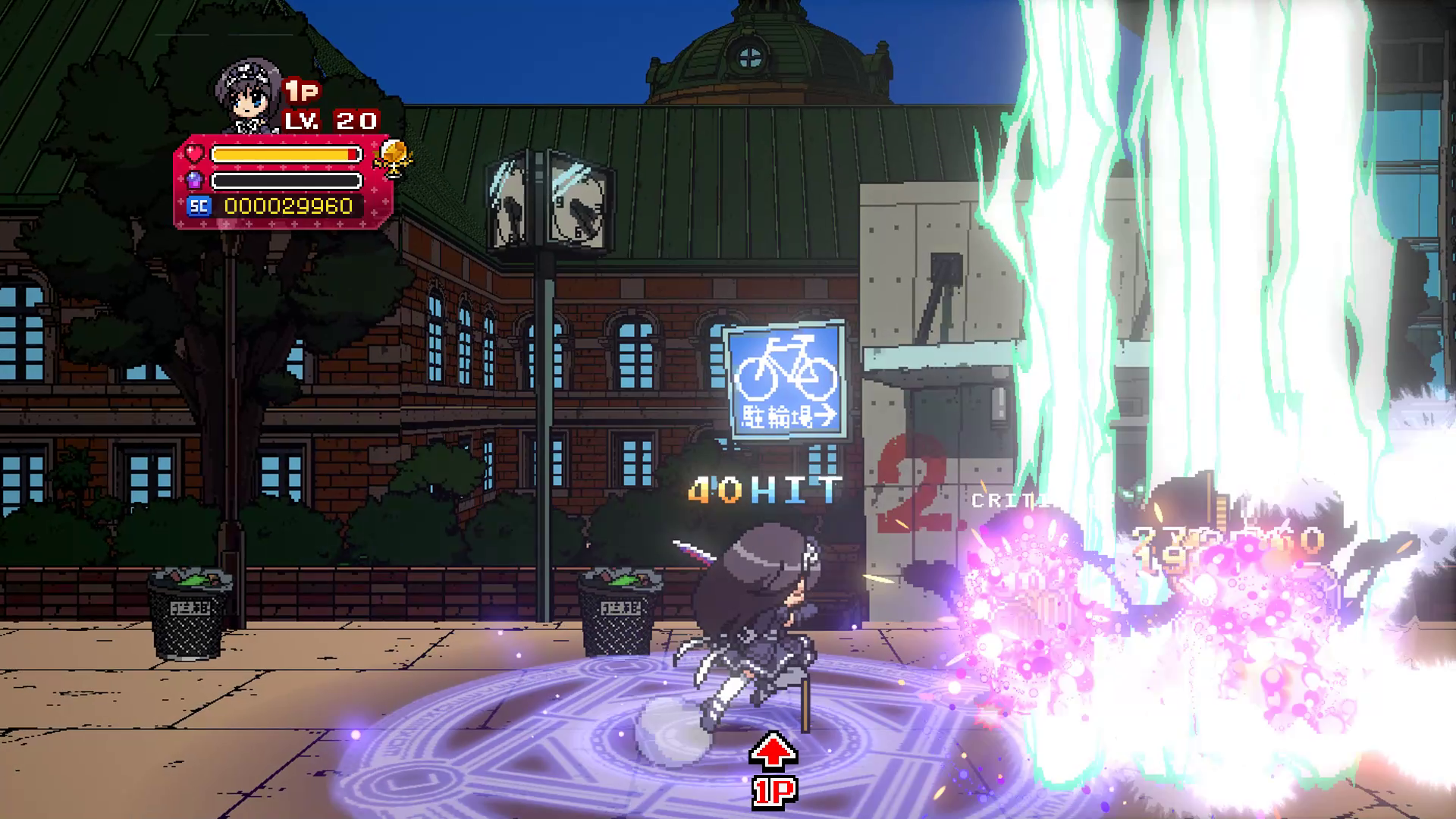
Now, onto the audio. Much like the visuals, the music and sounds of Battle Grounds Ultimate follow the retro style of the 16-bit era of game consoles. For the most part, it’s pleasant to the ear, which is a good thing—the sounds of your character’s moves and the enemies getting hit account for 60% of what you hear while you’re mashing buttons in the most erratic manner.
The other 40%, however, will be the sounds of pickups (more on that later), which at some points are just way too jarring and high-pitched; they sometimes turn the otherwise undisturbed equilibrium of this game’s sounds into an irritating cacophony. Doubly so when there’s a whole line of them and you need to pick them up—because without them, you’re going to make the game unnecessarily more difficult for yourself.
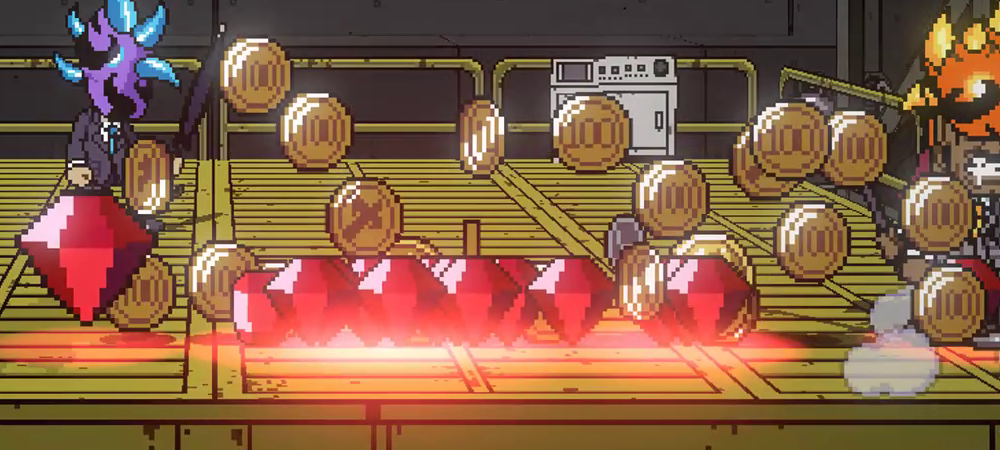
Thankfully, the SFX isn’t the star of the show—that would be Phantom Breaker: Battle Grounds Ultimate’s delightful soundtrack… or rather, soundtracks, because there are three of them! By default, the game plays a new “REMIX” version of the soundtrack, while offering an option to enable the classic “OG FM Ver.” or “OG PSG Ver.” variations of the BGM. It’s a nice option to have if the retro tunes are closer to your heart, but personally, I enjoyed the default soundtrack a lot and didn’t make the switch very often.
Each stage has its own unique BGM track, and I can, with utmost certainty, say that the one from the second stage was my favorite of them all. Which stage is Stage 2? Well, I encourage you to find out for yourself.
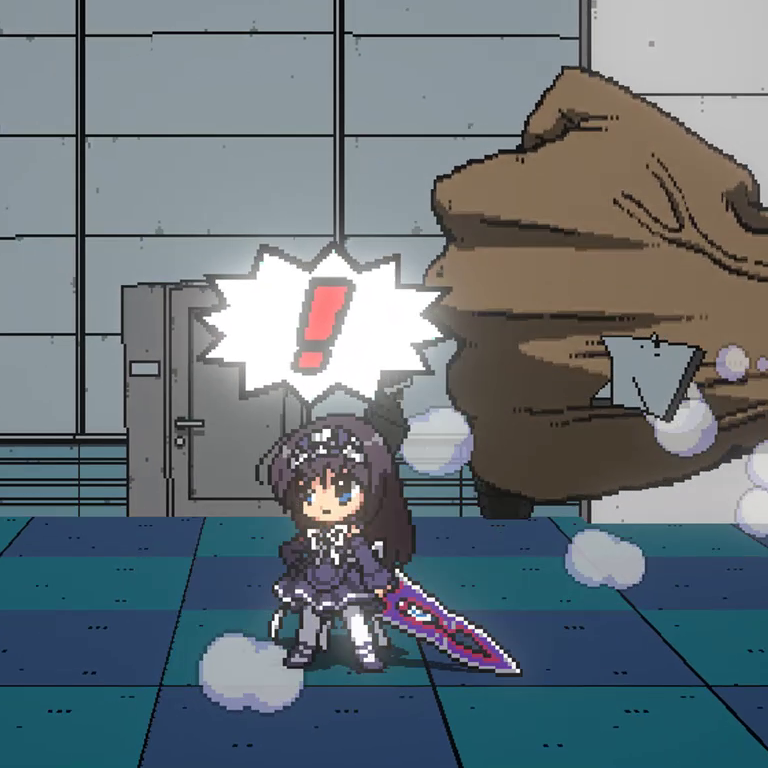
In addition to the original Japanese voiceovers, the game also features a full English dub, as sparse as it is—it’s almost completely delegated to the dialogue and the brief monologues at the beginning of each stage. The good news for our readers in particular is that Kurisu Makise and Frau Koujiro are voiced by their original voice actors in both Japanese and English—for the dub, they brought back Trina Nishimura and Leah Clark from the Steins;Gate and Robotics;Notes anime adaptations. Speaking of which, both guest characters come with their own unique-yet-familiar themes, which you may recognize…
[Gameplay]
The game’s visual and audio presentation is generally pretty good, with a few smaller issues; the gameplay, on the other hand, is fairly solid overall!
Actually, there’s one point I should get out of the way first: This game was, first and foremost, developed with controllers in mind. Unfortunately, my own controller wasn’t working at the time of this review, so I had no other choice but to play it through on my keyboard.
Honestly, the default mappings were a bit awkwardly assigned, and there are no corresponding UI graphics for the keys—not to mention, it was slightly harder to execute some moves on keyboard. But despite it all, I did have a surprisingly smooth experience overall. Oh, and for the would-be keyboard players out there, the keys for confirm and cancel are “B” and “J”—you can thank me later once you’re done remapping them in the options!
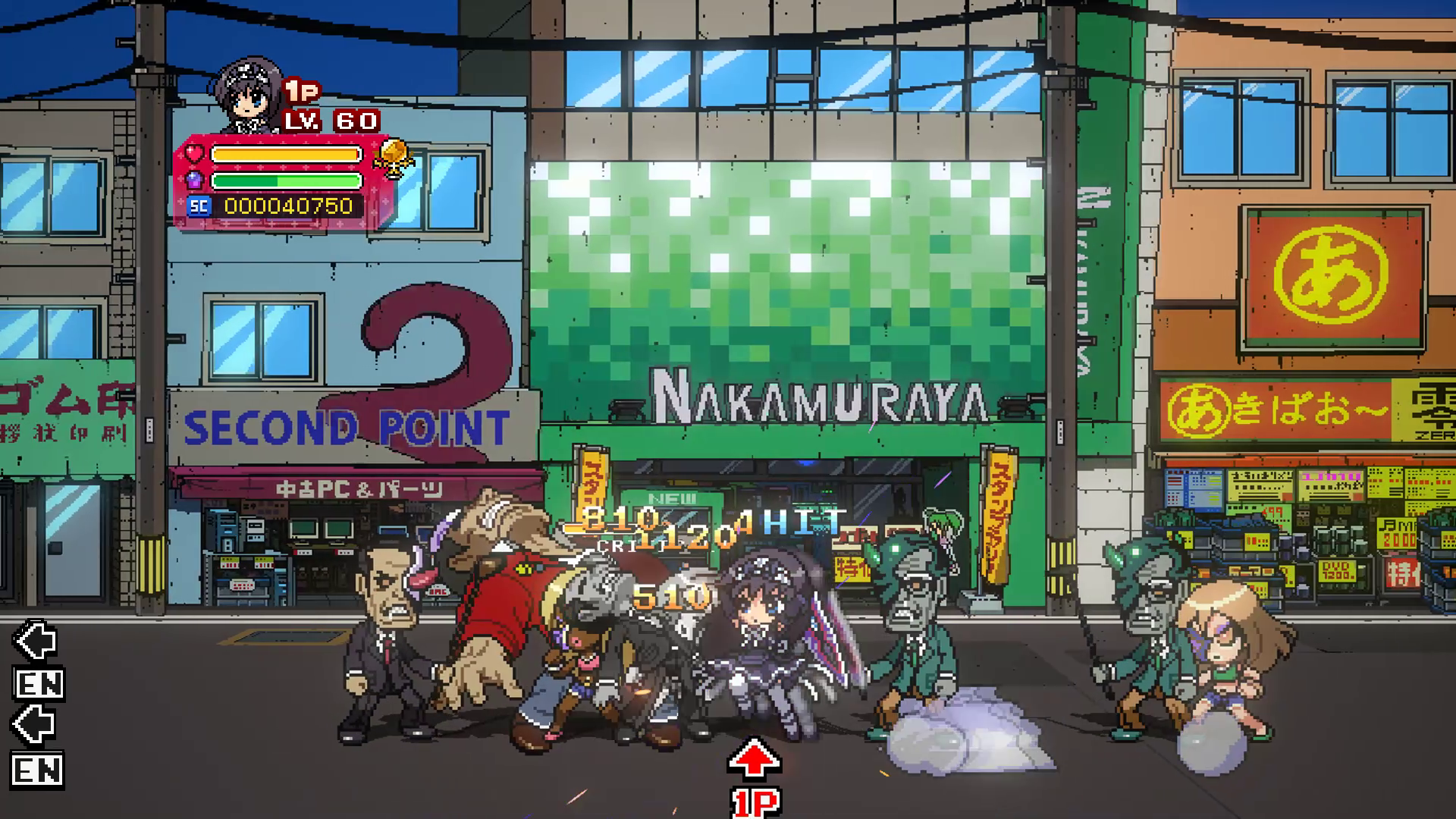
As far as basic mechanics go, they are simple and intuitive enough to allow for some more impressive gameplay early on. You can move in two directions, jump, and crouch; you can perform light, medium, heavy, and special attacks; you have a designated button to switch lanes on the map, and of course, there are various combos available to you that allow you to perform throws, escapes, perfect guards, and special moves that you unlock as you progress your character.
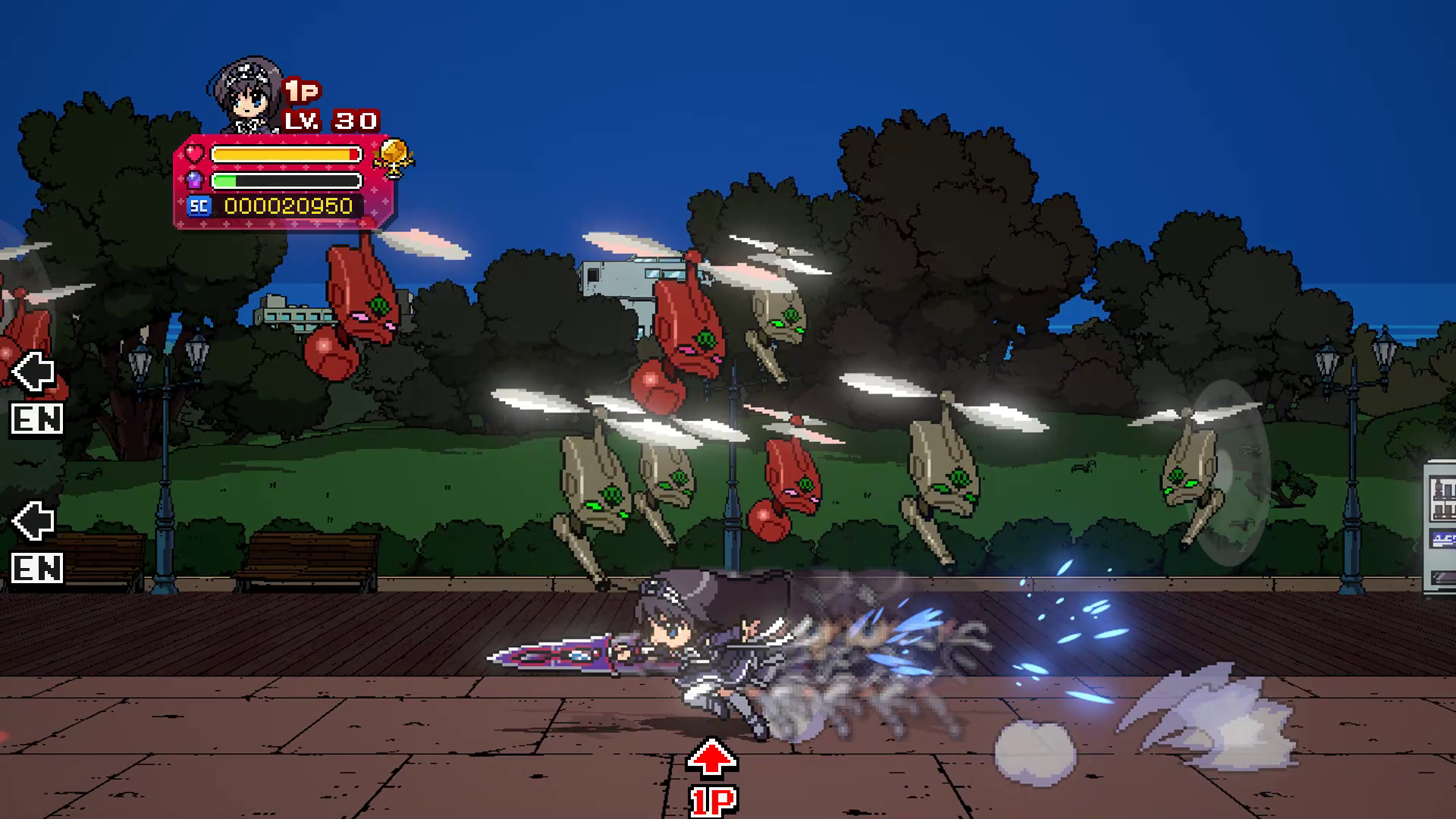
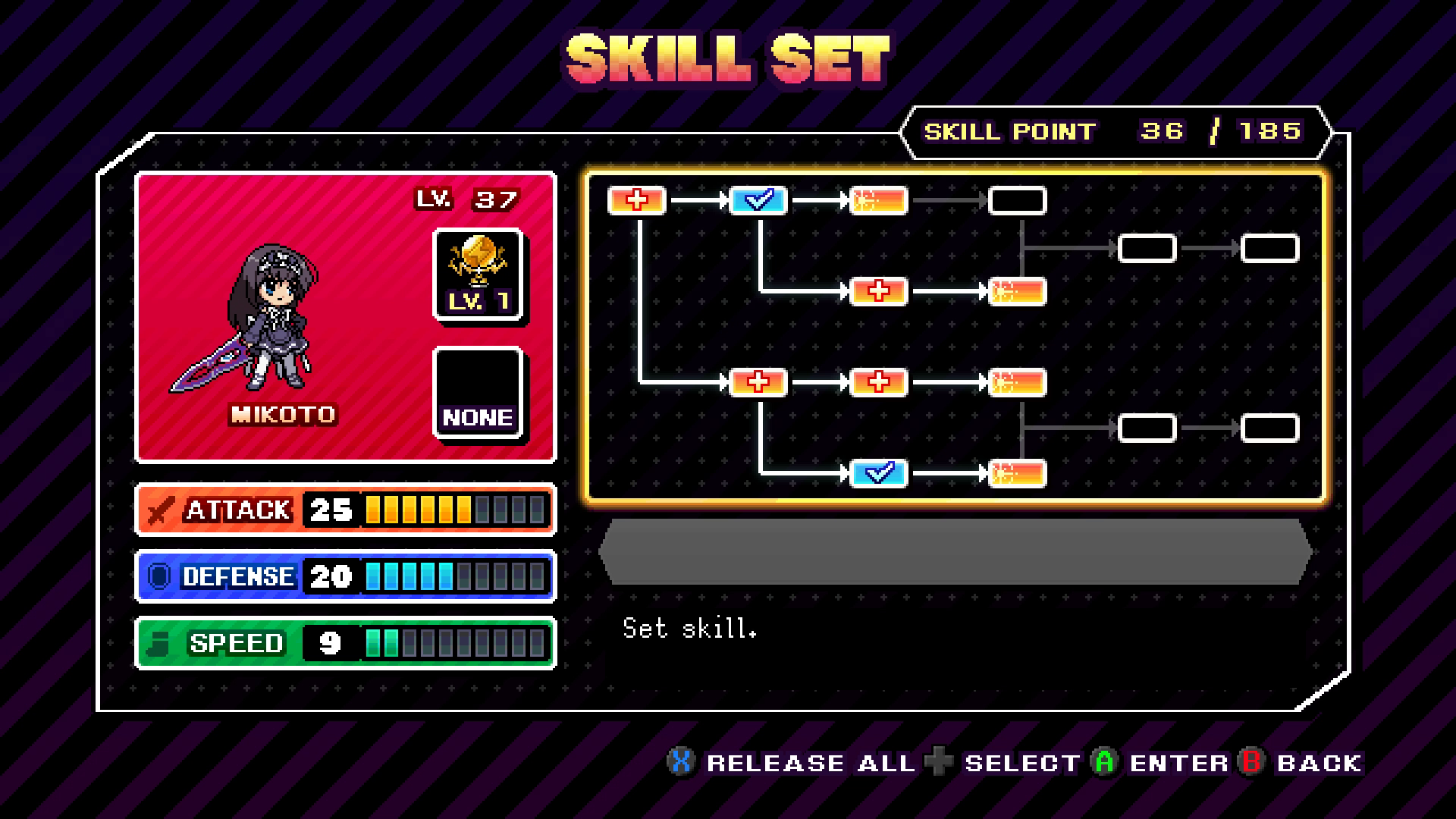
Yep, this game even has RPG mechanics, at least in the story mode, which is where you collect the coins, gems, and other items you beat out of your enemies, in turn allowing you to level up your character and either upgrade raw stats—such as attack, defense, and speed—or spend them on the talent tree, which unlocks and upgrades certain moves that might come in handy later on!
The characters you select feel distinct enough in how you play them—at least the ones I’ve played thus far—making it so each individual player can find a main of their liking.
Speaking of which, as you’ve likely realized by now, you can play as two Science Adventure series fan favorites in this game. They might seem to be on their own, but as soon as you start performing certain attacks, you’ll find that they don’t actually fight alone!
I must admit that despite Frau being my series favorite, I found her a fair bit harder to play, which resulted in me getting my butt kicked by the very first boss of the first stage. Of course, I very much recognize the possibility that this was just a skill issue on my part, but I feel like it should be mentioned, because as opposed to Frau, Kurisu packs a punch from the get-go and without too much effort—especially if you don’t resist the urge to spam Future Gadget #5!

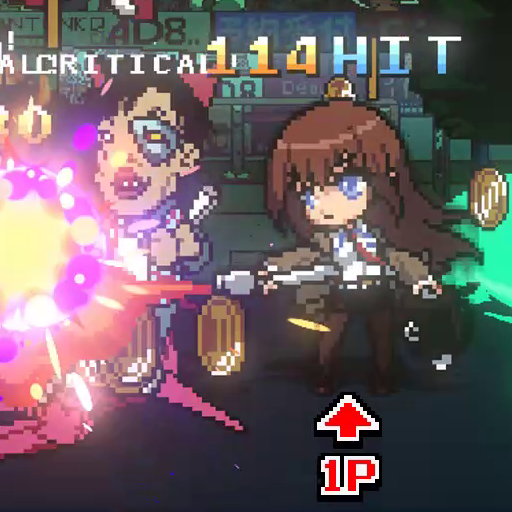
The enemy variety is nice, even if, for the most part, you face three or four archetypes on repeat. Otherwise, anything goes here, ranging from whiny otaku and infuriated salarymen to robots, demonic creatures, and… trucks, with some bosses sprinkled throughout each stage. As a matter of fact, not only are you allowed to fight those enemies, you can also apparently unlock them as playable characters. Rocket Panda Games has mentioned something about playing as the truck, which in this game appears to serve as a piñata of pickups in the form of an enemy.
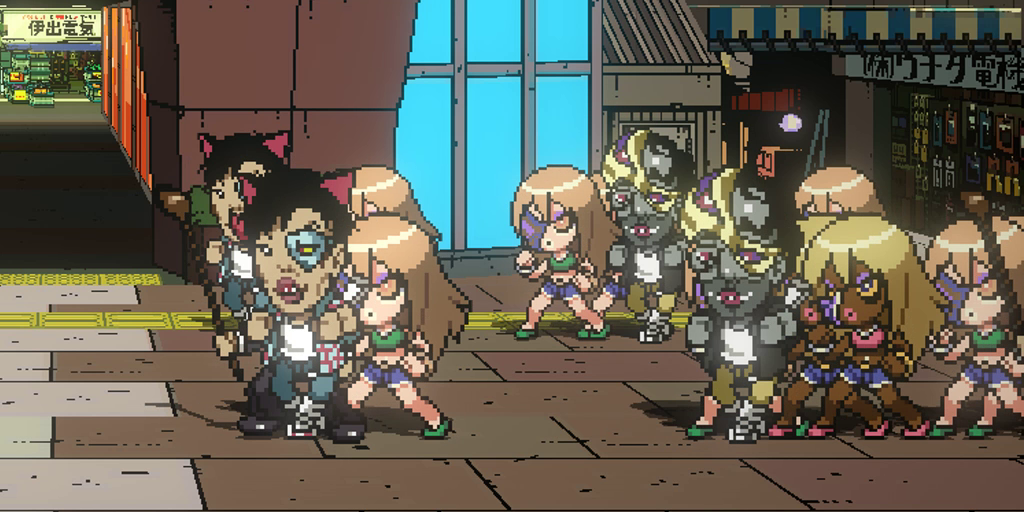
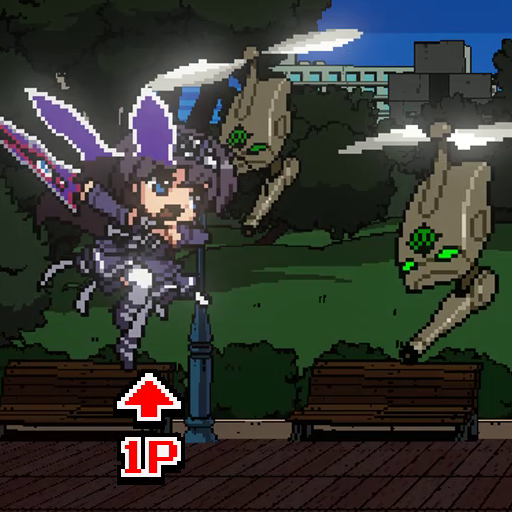
The enemies are present not only on the ground, but also in the air—these ones tend to have lower HP pools, but they are trickier to deal with, especially in the early stages of the game when you’re not quite used to how jumping works. I must admit that I struggled a lot with the airborne enemies even by the end of the game, but it might again boil down to a lack of skill.
As for the challenge, I’ve played the entirety of the game’s story on normal difficulty. While I can’t say I was particularly challenged other than a couple of moments, Battle Grounds Ultimate isn’t a relaxing game, either—the game will bare its fangs if you aren’t careful in the later stages. For someone who’s entirely fresh to the game? It may be the perfect way to get started.
One more thing worth mentioning is that the game supports both local and online multiplayer with a number of game modes, which I unfortunately wasn’t able to give a try due to time conflicts. Knowing this sort of game, however, I think it’s fairly likely you’ll have even more fun with friends to accompany you, or even random strangers.
[Story]
Next… the story. Let’s get this out of the way: It’s absolutely not the focus of the game. I mean, the premise is just good enough for what we’re doing here: We’re on a rescue mission for Waka’s sister, jumping from rift to rift in order to reach and save her from the game’s antagonist—the Phantom and his goons. It doesn’t seem to get much deeper than that.
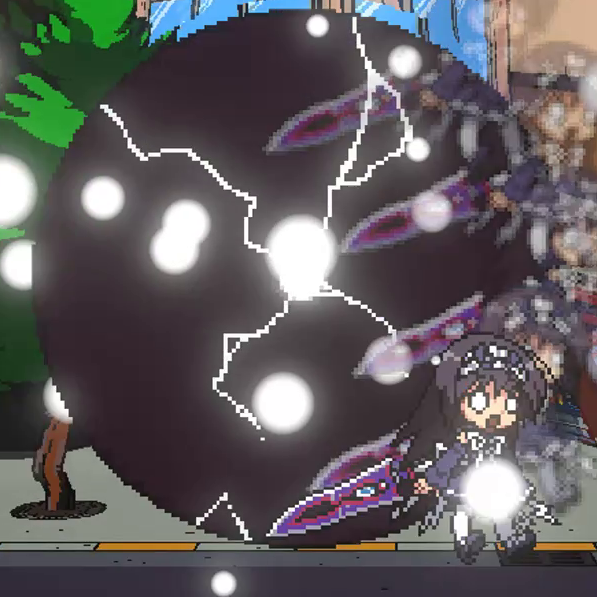
Perhaps, if I were way more invested in the series’s story and lore, I would’ve been able to spot and appreciate the finer details of the story and its cast. It’s my understanding that the game takes place after a bad ending from Phantom Breaker: Omnia, so fans of that game may better appreciate this one’s story.
Although the story is arguably the weakest side of the game—not necessarily a bad thing for this genre—I did crack a smile at some of the dialogue snippets. They’re entertaining, that’s for sure.

[Final Thoughts]
In conclusion, Phantom Breaker: Battle Grounds Ultimate is a charming representative of its genre, managing to achieve what is usually expected of a beat-’em-up game and then some: pleasant, but not too overwhelming looks, reactive audio, an immersive gameplay loop, and lots of fun with plenty of replay value!
Although not without issues, I firmly believe this spin-off has all the potential to find its niche, which it more than deserves.
8/10
Phantom Breaker: Battle Grounds Ultimate is a charming little beat-’em-up game. Between its expressive spritework, catchy soundtrack, and addictive gameplay loop, there’s something here for everyone—longtime fans and newcomers alike. While some small issues hold it back from perfection, Battle Grounds Ultimate is a game we can easily recommend.
Phantom Breaker: Battle Grounds Ultimate is available now on Steam, PlayStation, Nintendo Switch, Xbox, and the Epic Games Store. Physical preorders and merch are also available here.
